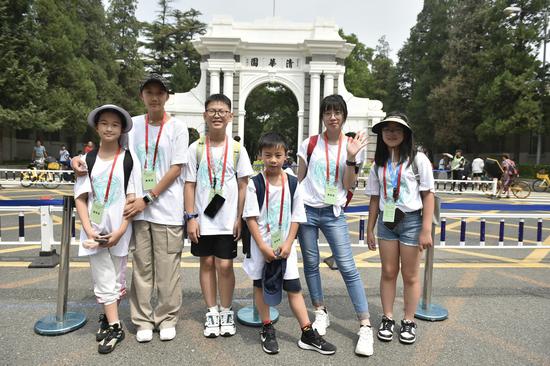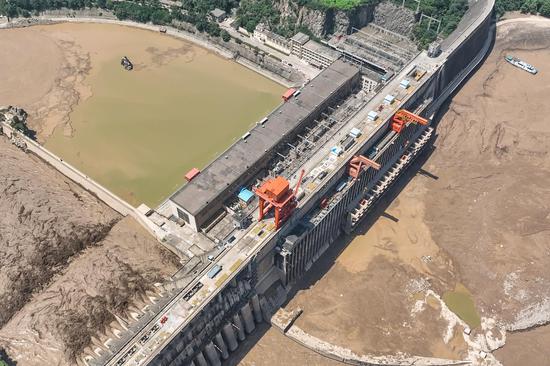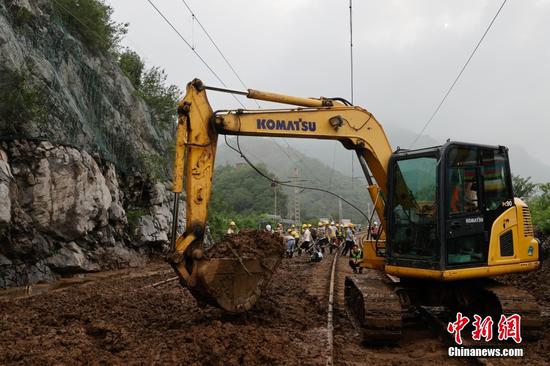The National Cultural Heritage Administration (NCHA) recently issued a notice, outlining preparations for the fourth national cultural relics census. This effort aims to comprehensively assess the country's cultural heritage and contribute to more effective protection and utilization, an expert told the Global Times on Wednesday.
This fourth census, the largest-scale initiative of the "14th Five-Year Plan" period (2021-25), aligns with Chinese President Xi Jinping's emphasis on the importance of cultural inheritance and development. During a cultural heritage symposium in June, Xi stressed, "a comprehensive and profound understanding of history is essential to promoting the creative transformation and development of fine traditional Chinese culture more effectively, and to developing modern Chinese civilization," according to Xinhua News Agency.
The census, which is expected to span three to four years, will be conducted with counties as the basic units for on-site investigations and with a focus on immovable cultural relics, which include ancient sites, tombs, historical buildings, cave temples, stone carvings, and important modern historical sites and buildings, on the ground, underground and underwater.
"Conducting a relic census serves to clarify our cultural resources, bearing profound importance for the safeguarding and effective utilization of our cultural heritage," Zhou Xueying, a professor with the School of History at Nanjing University, told the Global Times.
"Only with a comprehensive understanding of our heritage can we tailor protection measures, promote comprehensive utilization, and ensure these cultural assets contribute social, economic, and cultural benefits."
Zhou further elaborated on the rationale behind the incorporation of underwater sites into this census, saying that China has a vast coastline and culturally significant history, so underwater archaeology has great potential. This strategic move reflects the growing significance of underwater archaeology, driven by the remarkable discoveries of cultural artifacts in recent years.
For example, in a remarkable find in September 2022, more than 600 artifacts were unveiled during the salvage operation of the Yangtze River Estuary No.2, China's largest and best-preserved ancient underwater wooden shipwreck.
The last census, the third of its kind, took place between 2007 and 2011, over a decade ago. Since then, increased investment in archaeological and protection efforts have yielded numerous important discoveries. Meanwhile, some relics may have suffered damage over time. Hence, a detailed inventory and organization of relics are crucial for effective preservation, Zhou added.
Subsequent to the third census, China has made several more notable discoveries, such as the new excavations at the Sanxingdui Ruins, which kicked off in 2021. The NCHA reported the discovery of over 11,000 cultural relics from six newly unearthed sacrificial pits, including bronze wares, gold wares, jade wares, and ivory carvings.


















































 京公网安备 11010202009201号
京公网安备 11010202009201号